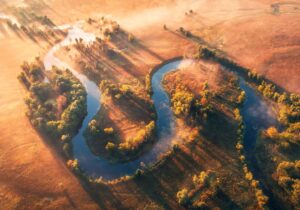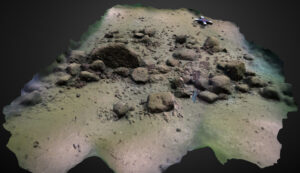Opals are known for their vibrant and iridescent colors, which are caused by the unique way they diffract light. This phenomenon occurs due to the presence of microscopic silica spheres within the stone. When light enters the opal, it is diffracted and scattered through these spheres, creating a dazzling display of colors.
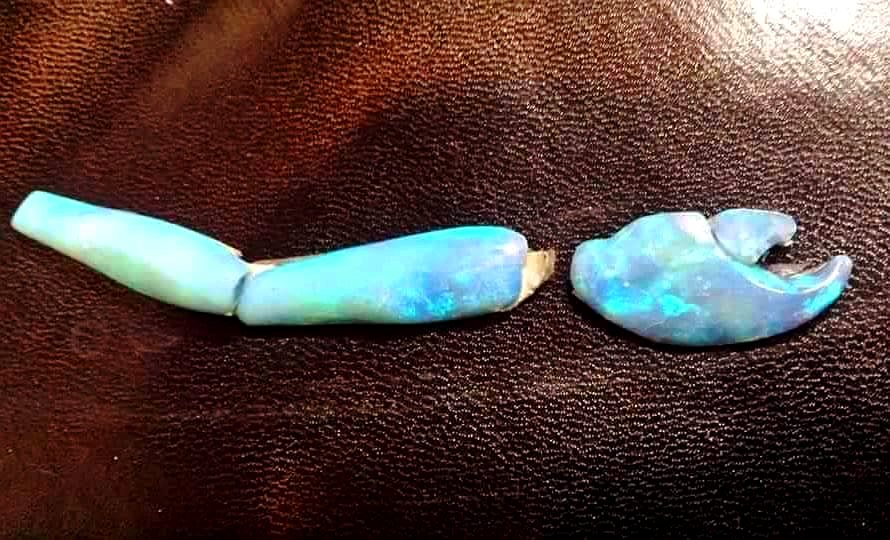
But how exactly do opalized fossils form? It all starts with the burial of a bone, shell, or pinecone in sand or clay. Over time, as sediment accumulates and compacts, this material can harden into rock. If the conditions are right, such as the presence of silica-rich groundwater, then opalisation can occur.
Opalization is a process that involves the replacement of the original organic material with silica, transforming it into opal. As groundwater seeps into the cavity left by the buried object, it carries dissolved silica with it. Slowly, over thousands of years, this silica precipitates and fills in the voids left by the decaying organic material.
The result is a stunning opal replica of the original object. The colors and patterns seen in opalized fossils are determined by the arrangement of the silica spheres within the opal. The size and uniformity of these spheres can vary, leading to different color patterns and play-of-color effects.
Opalized fossils can exhibit a range of colors, including radiant blues, vibrant greens, fiery reds, and shimmering yellows. Some specimens may even display a full spectrum of colors, known as precious opal. The play-of-color effect seen in opals is what makes them so highly sought after and prized by collectors and gem enthusiasts.
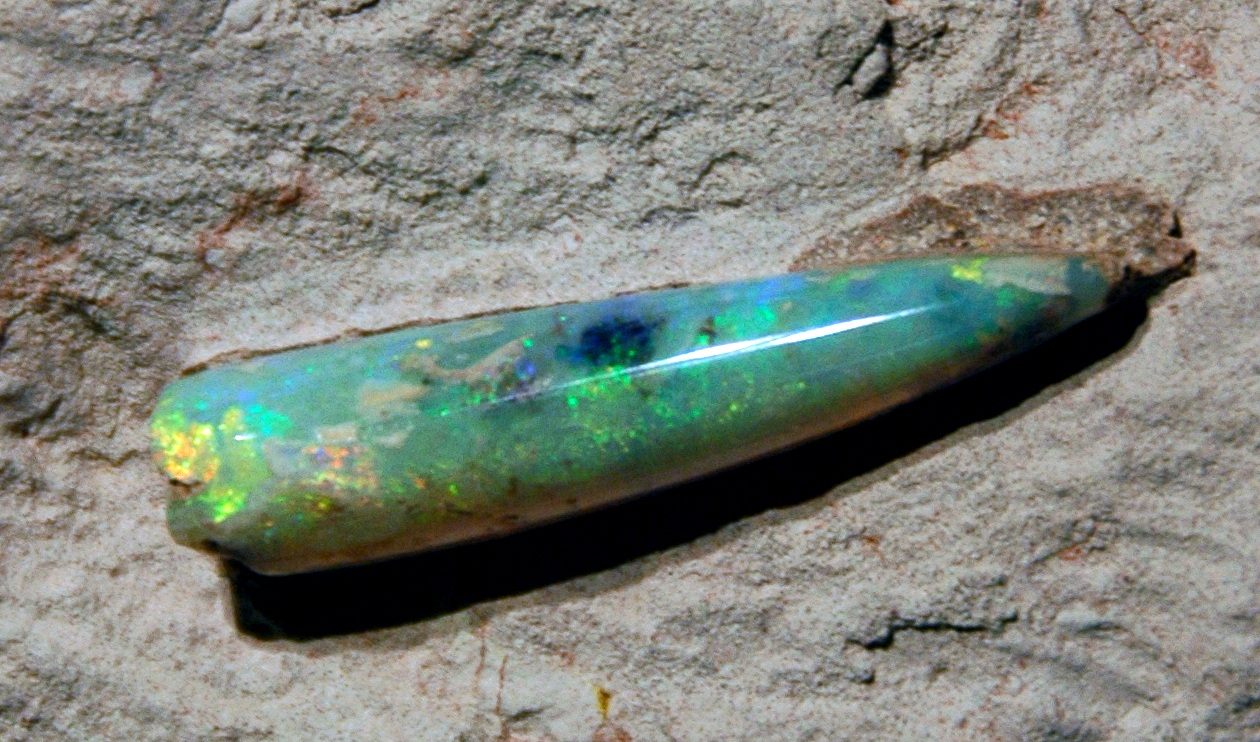
There are two types of opalized fossils. The first type is when the inside details of the fossil are not preserved. This happens when silica, which is a type of mineral dissolved in water, fills in empty spaces left by rotten shells or bones. It hardens to create a copy of the original object, but it doesn’t show any details of the inside structure. It’s like pouring jelly into a mold and letting it harden.
The second type is when the inside details are preserved. If the organic material hasn’t rotted away and silica soaks into it, the silica hardens and creates a replica of the object’s internal structure. This sometimes happens with wood or bone fossils.
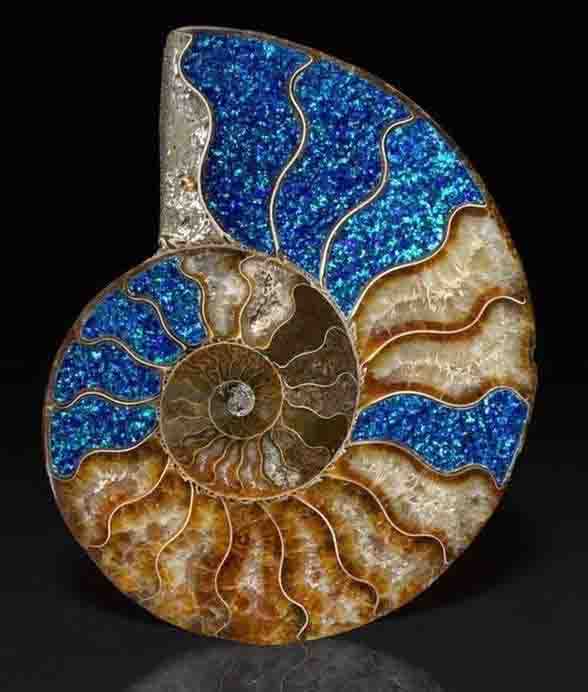
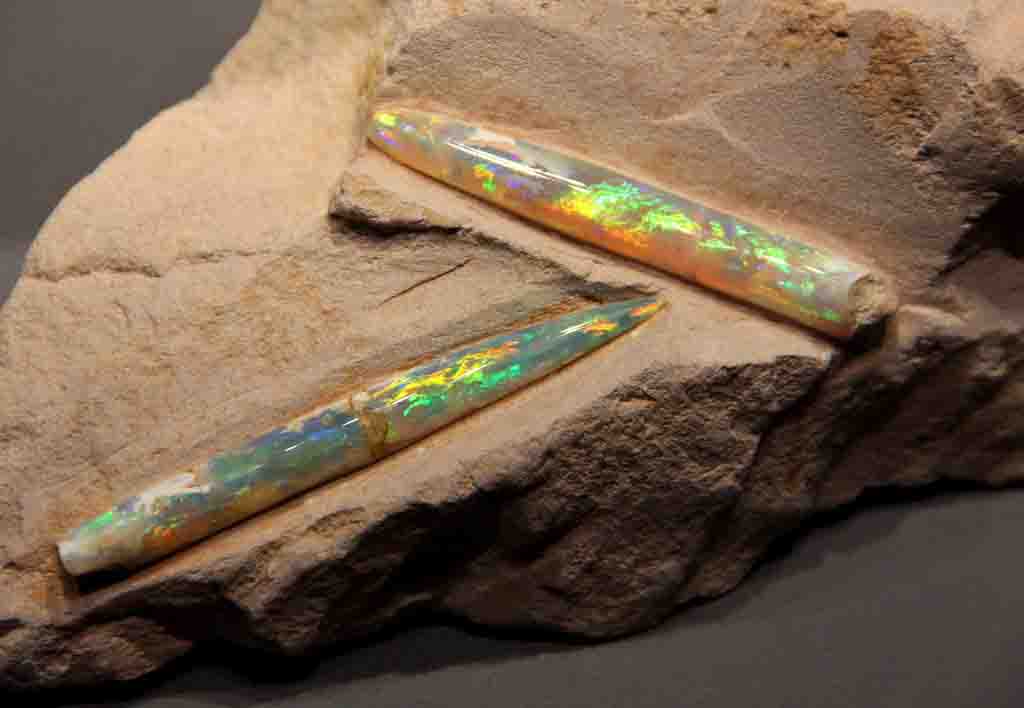
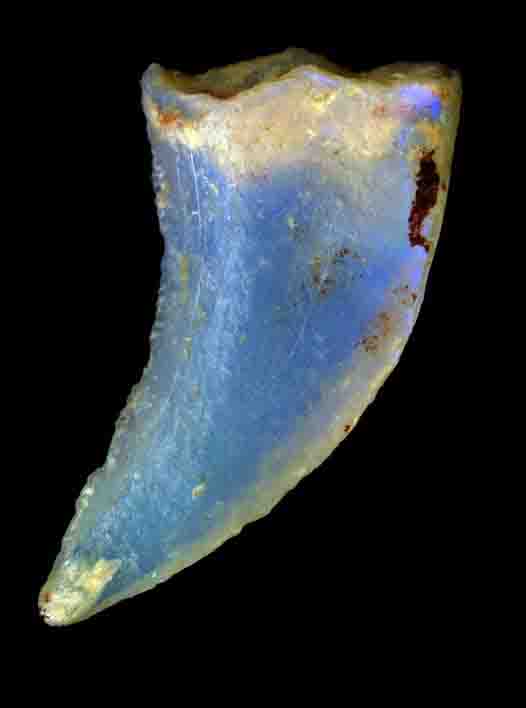
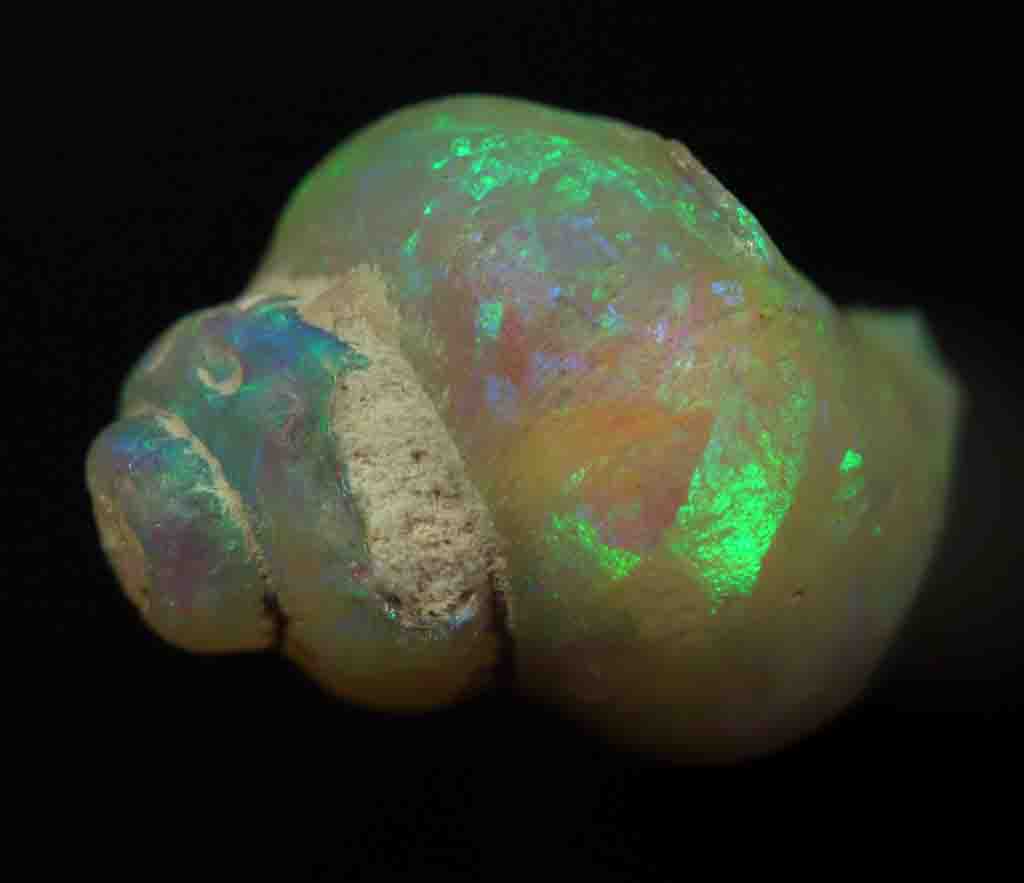
Australia, in particular, is well-known for its opalized fossils. The country has vast deposits of opal-rich rocks, including the famous Lightning Ridge in New South Wales. This region is renowned for producing some of the most spectacular opalized fossils in the world.
Opalized fossils offer a unique window into Earth’s ancient past. They allow us to see the intricate details of long-extinct creatures preserved in opal, a gemstone that allure the imagination with its mesmerizing play-of-color. These fossils not only provide valuable scientific insights but also serve as stunning works of art created by nature itself.
After reading about the opalized crab claw, read about Auckland wastewater pipe dig reveals astonishing “fossil treasure trove”.

